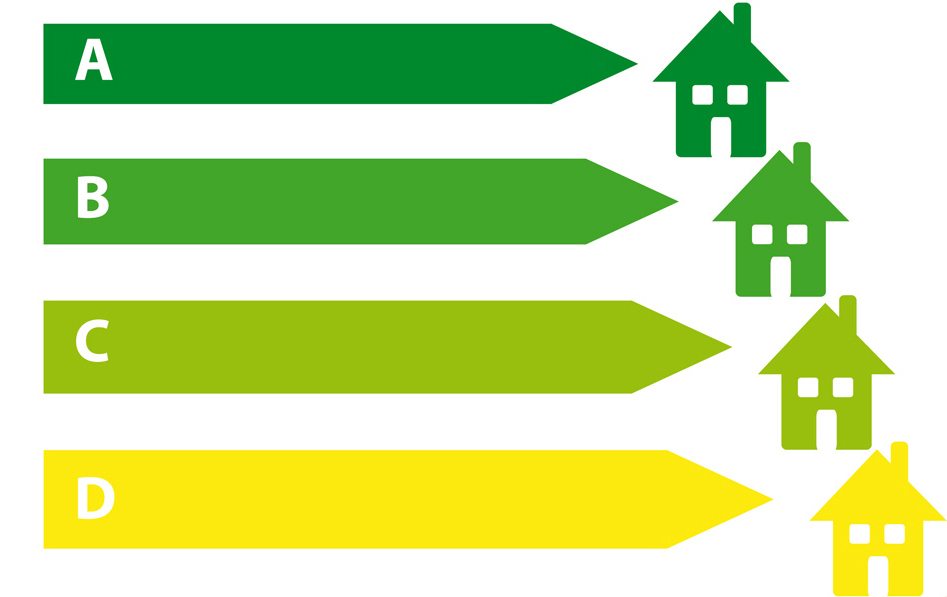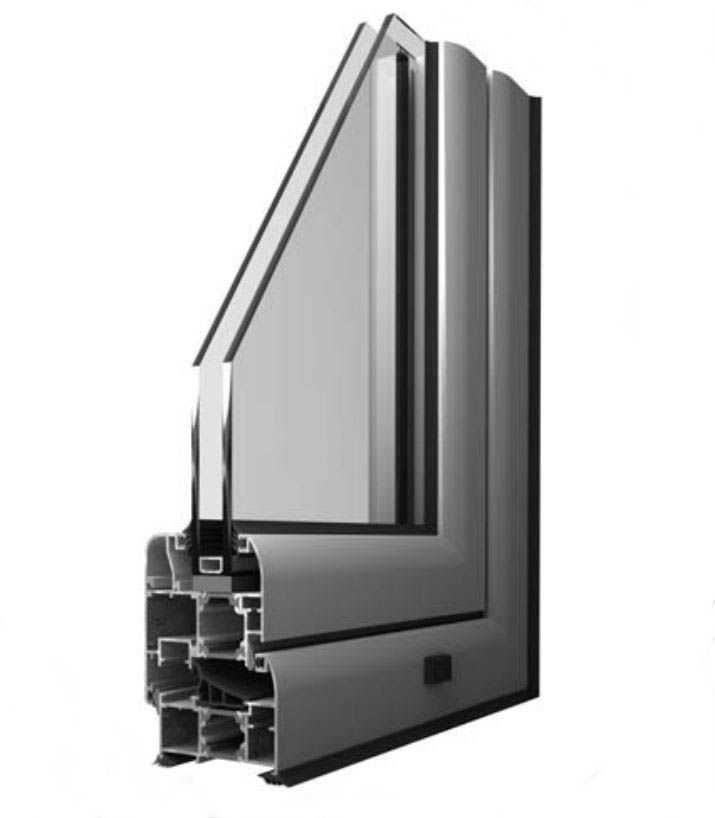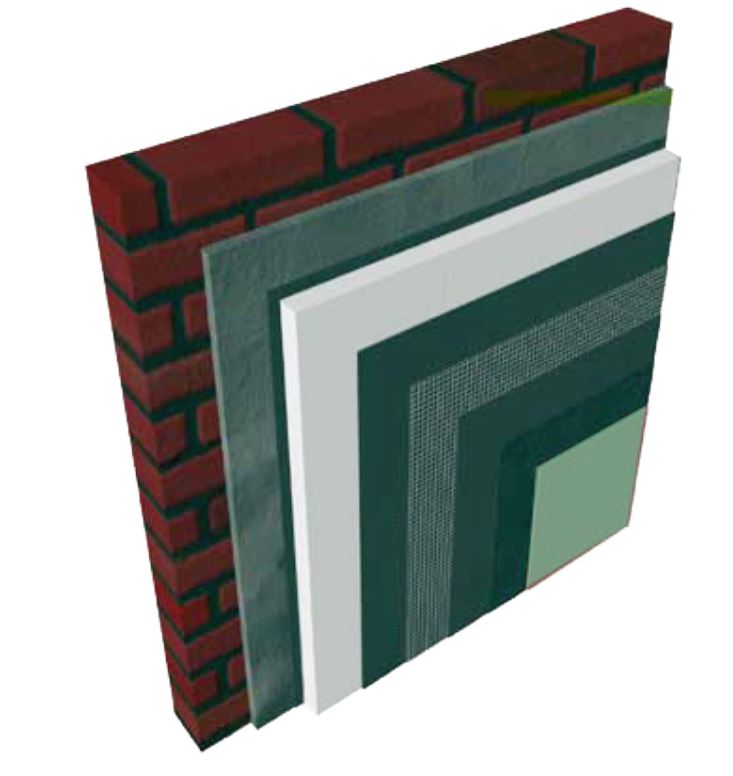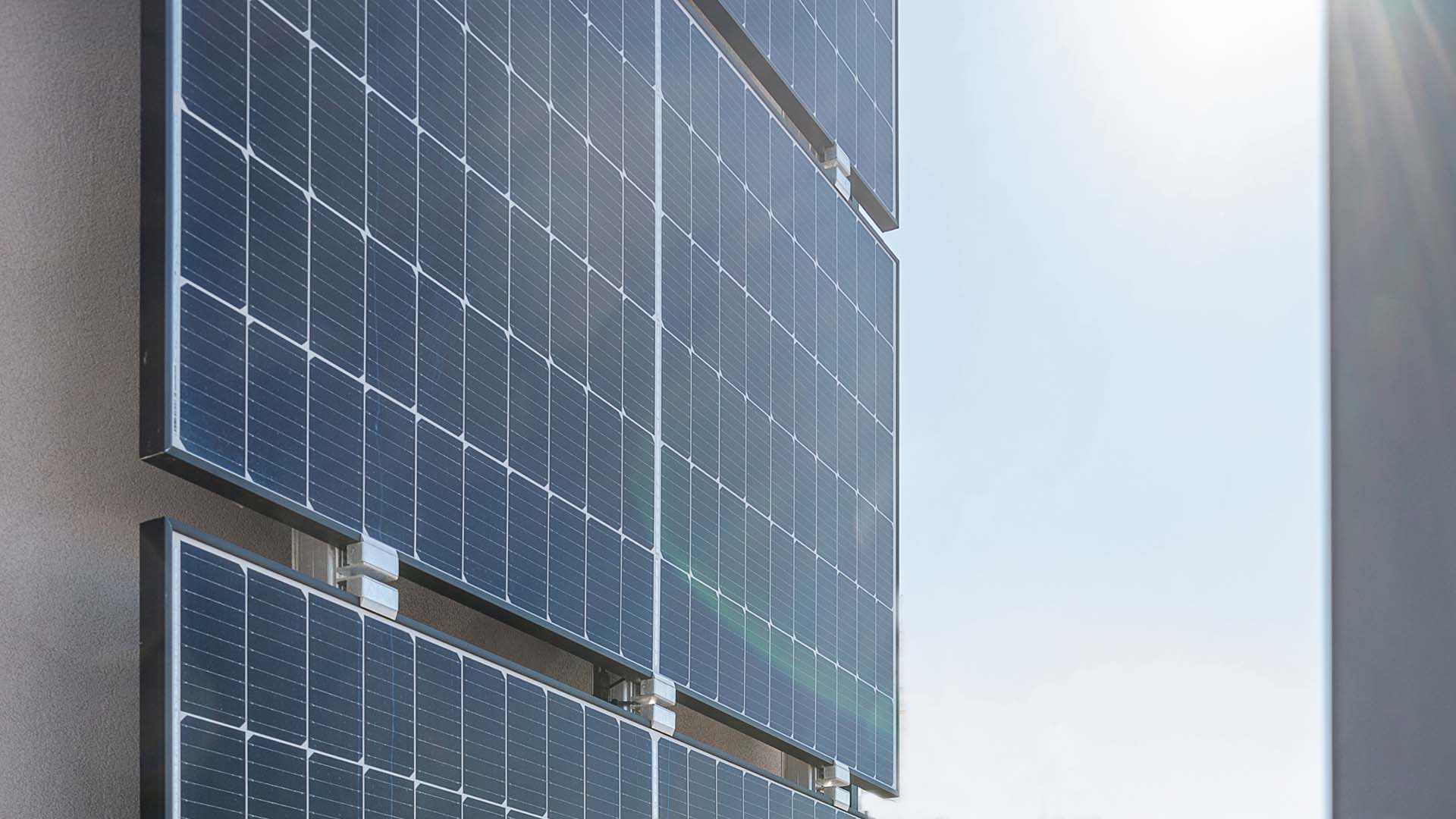Buildings in their various forms play a central role in our daily lives, yet they are the largest consumer of energy in the EU and one of the largest producers of carbon dioxide. Overall, buildings are responsible for 40% of energy consumption in the EU, as well as 36% of greenhouse gas emissions, mainly from construction, use, renovation and demolition.
Improving energy efficiency in buildings therefore has a key role to play in achieving the ambitious goal of carbon-neutrality by 2050, set out in the European Green Deal. Today, roughly 75% of the EU building stock is energy inefficient. This means that large part of the energy used is wasted. Such energy loss can be minimized by improving existing buildings and striving for smart solutions and energy efficient materials when constructing new houses.
In order for a building to achieve high energy efficiency, it is important to observe the following:
• Use of energy efficient window frames, which reduce thermal losses and improve thermal comfort conditions.
• Use of modern heating and cooling systems, such as heat pumps.
• Setting the thermostat to a lower temperature at night or in case of long absence.
• Effective thermal insulation of the building.
• Use of low-consumption and high-performance LED lamps.
• Selection of appliances with a low energy consumption label.



